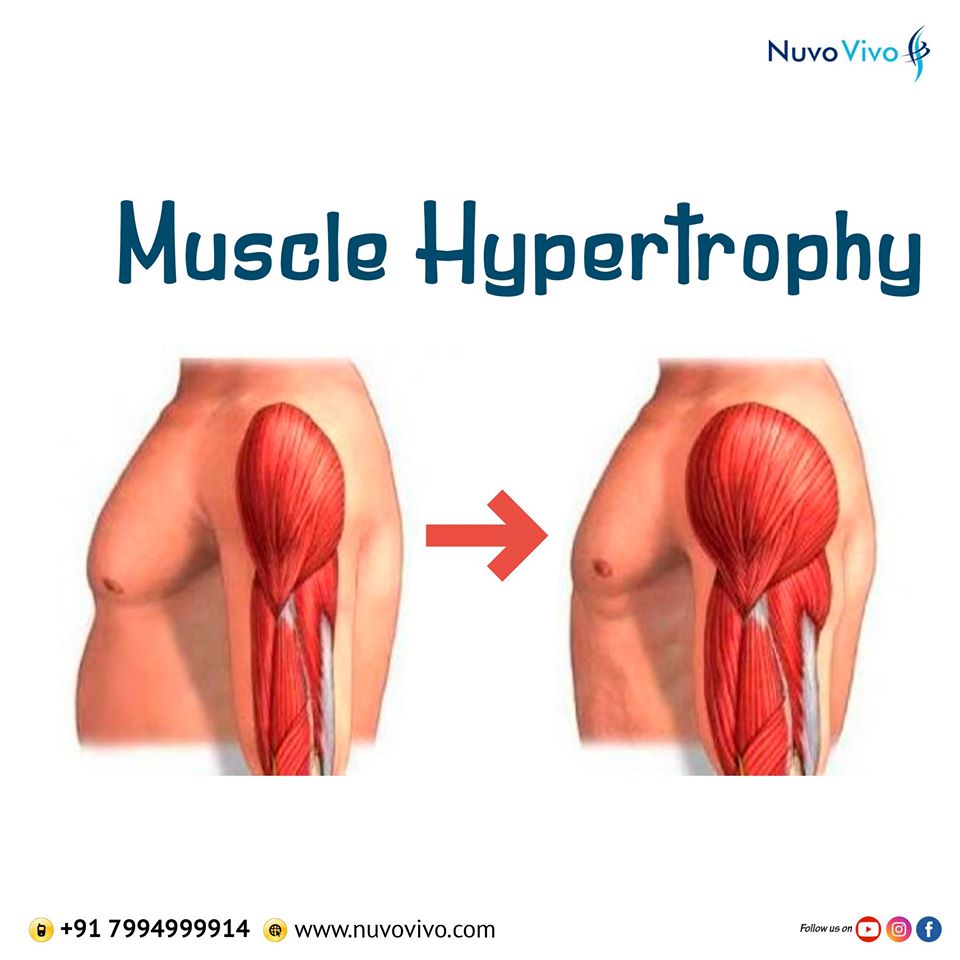A nurse is teaching a patient about a medication that alters sympathetic nervous system functions. To evaluate understanding, the nurse asks the patient to describe which functions the sympathetic nervous system regulates. Which answer indicates the need for further teaching?
“Body temperature”
“The cardiovascular system”
“The digestive functions of the body”
“The fight-or-flight response”
The Correct Answer is C
Choice A Reason:
The sympathetic nervous system (SNS) plays a role in regulating body temperature. It does this by controlling the dilation and constriction of blood vessels in the skin, which helps to dissipate or conserve heat as needed. Therefore, the statement that the SNS regulates body temperature is correct.
Choice B Reason:
The SNS is crucial in regulating the cardiovascular system. It increases heart rate and the force of heart contractions, and it also causes vasoconstriction, which raises blood pressure. This statement is accurate and does not indicate a need for further teaching.
Choice C Reason:
This is the correct answer. The SNS generally inhibits digestive functions during the “fight-or-flight” response. It reduces blood flow to the digestive organs, decreases peristalsis, and inhibits digestive secretions. Therefore, the statement that the SNS regulates digestive functions is incorrect and indicates a need for further teaching.
Choice D Reason:
The SNS is responsible for the “fight-or-flight” response, which prepares the body to respond to perceived threats. This includes increasing heart rate, dilating airways, and mobilizing energy stores. This statement is correct and does not indicate a need for further teaching.
Nursing Test Bank
Naxlex Comprehensive Predictor Exams
Related Questions
Correct Answer is A
Explanation
Choice A: Size
Muscular hypertrophy refers to the increase in the size of muscle cells12. This process typically occurs as a result of strength training, where the muscles are subjected to stress and damage, leading to the repair and growth of muscle fibers. The increase in muscle cell size enhances muscle strength and mass, making it a key goal for athletes and bodybuilders.
Choice B: Vacuoles
Vacuoles are membrane-bound organelles found in cells, primarily involved in storage and transport of substances3. While vacuoles play important roles in cellular function, they are not directly related to muscular hypertrophy. The primary change in muscular hypertrophy is the increase in muscle cell size, not the number or size of vacuoles.
Choice C: Types
Muscle cells can be categorized into different types, such as slow-twitch (Type I) and fast-twitch (Type II) fibers4. However, muscular hypertrophy does not involve a change in the types of muscle cells. Instead, it focuses on the growth and enlargement of existing muscle fibers, regardless of their type.
Choice D: Number
An increase in the number of muscle cells is referred to as hyperplasia, which is different from hypertrophy. Hyperplasia involves the formation of new muscle cells, whereas hypertrophy involves the enlargement of existing muscle cells. Current evidence suggests that hypertrophy, rather than hyperplasia, is the primary mechanism for muscle growth in response to strength training.

Correct Answer is C
Explanation
Choice A Reason:
Boxed warnings, also known as black box warnings, are the strictest warnings put in the labeling of prescription drugs by the FDA when there is reasonable evidence of an association of a serious hazard with the drug. However, they do not necessarily indicate that a drug should only be given in life-threatening circumstances. Instead, they highlight the potential for serious or life-threatening risks and advise on how to use the drug safely.
Choice B Reason:
While some boxed warnings may include information about teratogenic effects (effects that can cause birth defects), this is not their primary purpose. Boxed warnings are broader and can apply to various serious risks, not just teratogenicity. Therefore, this choice is too narrow to be correct.
Choice C Reason:
This is the correct answer. Boxed warnings are designed to alert prescribers to serious or life-threatening risks associated with a drug and provide guidance on how to mitigate these risks. This can include recommendations for monitoring, dosage adjustments, or avoiding certain populations. The goal is to ensure that prescribers are fully aware of the risks and can take appropriate measures to minimize harm to patients.
Choice D Reason:
Boxed warnings do not typically provide information about antidotes for toxicity. While managing toxicity is an important aspect of drug safety, boxed warnings focus on alerting prescribers to serious risks and how to mitigate them, rather than detailing specific antidotes.
Whether you are a student looking to ace your exams or a practicing nurse seeking to enhance your expertise , our nursing education contents will empower you with the confidence and competence to make a difference in the lives of patients and become a respected leader in the healthcare field.
Visit Naxlex, invest in your future and unlock endless possibilities with our unparalleled nursing education contents today
Report Wrong Answer on the Current Question
Do you disagree with the answer? If yes, what is your expected answer? Explain.
Kindly be descriptive with the issue you are facing.
